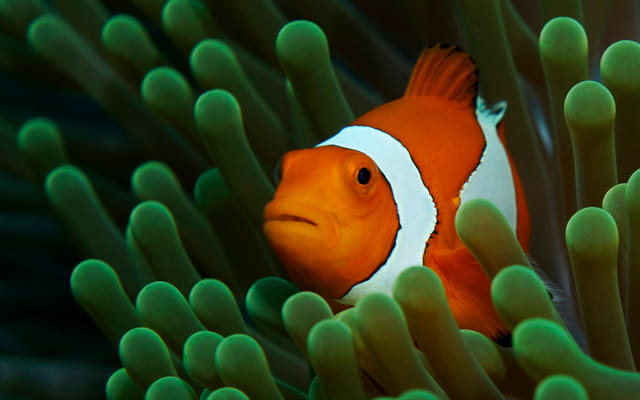
Moving can be an ordeal for both you and your pets, even more so if your pet happens to be a fish. Unlike dogs, cats, and other house pets, fish live in an environment that is tough to transport and can become a mess if water gets spilled or their glass aquarium breaks during the move. You can avoid such inconveniences and make the transition for both you and your loveable fish as seamless as possible by following the tips below.
Be sure to keep in mind that each species of fish is different and that these are some general guidelines for you to follow for your move. If you have more specific questions regarding the health of your fish during your move, you can always call a veterinarian who has a specialty in caring for fish.
1. Do not feed your fish for about 24-48 hours before your move (well-fed fish can survive a week or even more without food). Be sure to have the proper materials to store your fish in, depending on if your move is a long or short distance one.
2. For short moves, bag the fish individually and keep them in a dark place until you can set up the tank. For long-distance moves, individually bag the fish and add pure oxygen to the bags as well. Be sure to maintain the normal temperature your fish need by storing them in a sealed cooler if necessary.
3. Your aquarium should be the last thing you pack and the first thing you take out. This reduces the chance of the aquarium breaking and gets your fish back into their normal habitats quicker.
4. Procure several clean 5-gallon buckets that are free of chemical residue and store as much of the water and rocks from the aquarium as you can before fully taking it down. This action preserves much of the good bacteria needed to maintain the environment for your fish and cut down the cycle time for your tank considerably. For moves longer than six hours, a complete refresh of the water and system is required.
5. Once you reach your destination, get your aquarium up and running as soon as possible. Once you have the water, filter media (sponges, ceramic statues, etc.), rocks, and equipment set up, place your bagged fish into the tank to allow them to acclimate to the new temperature and living environment. Be sure to test the quality as well to be sure it is up to standards. Once they are free in the tank, your fish might float near the bottom or hide behind some rocks. Don't worry! Your fish just need a little time to get used to their new surroundings.
6. Finally, feed your fish! After such a long journey, they will surely be ready for some food.
By following these steps above, you can ensure a quick and simple transition for your fish during the hectic move to your and their new home. If you (or your fish) have a move planned, be sure to check out our local and long-distance moving services to see how we can make the move even easier.